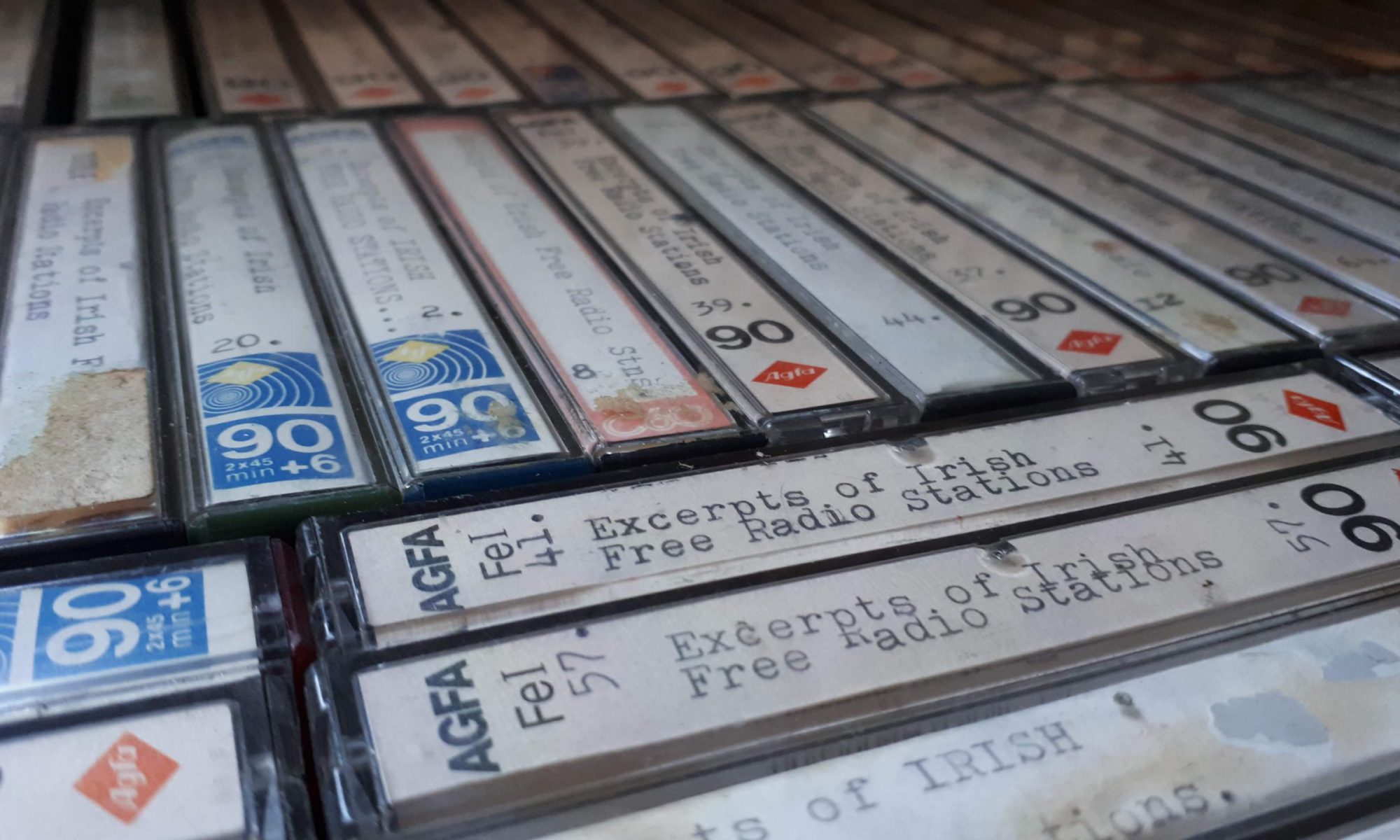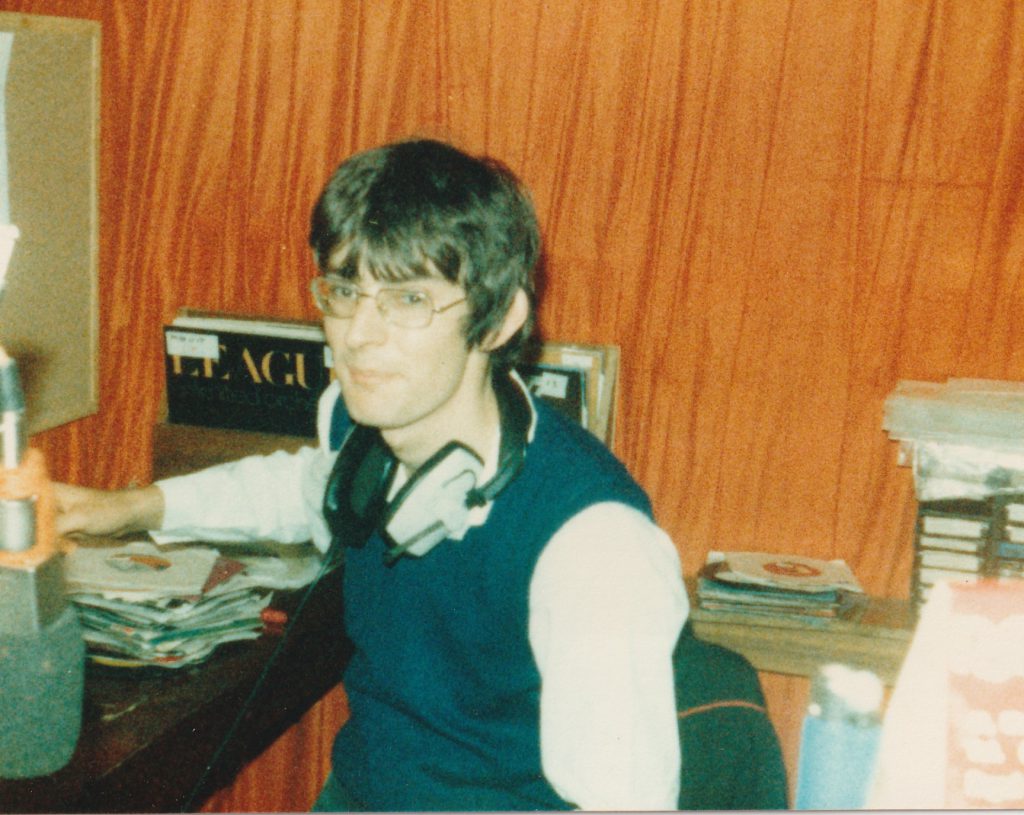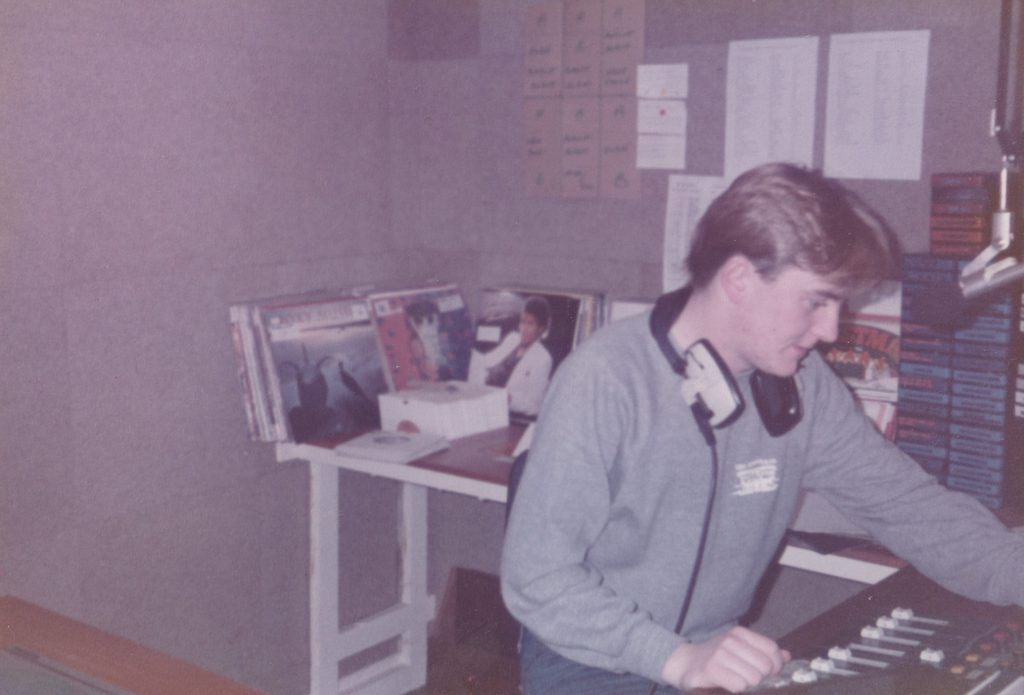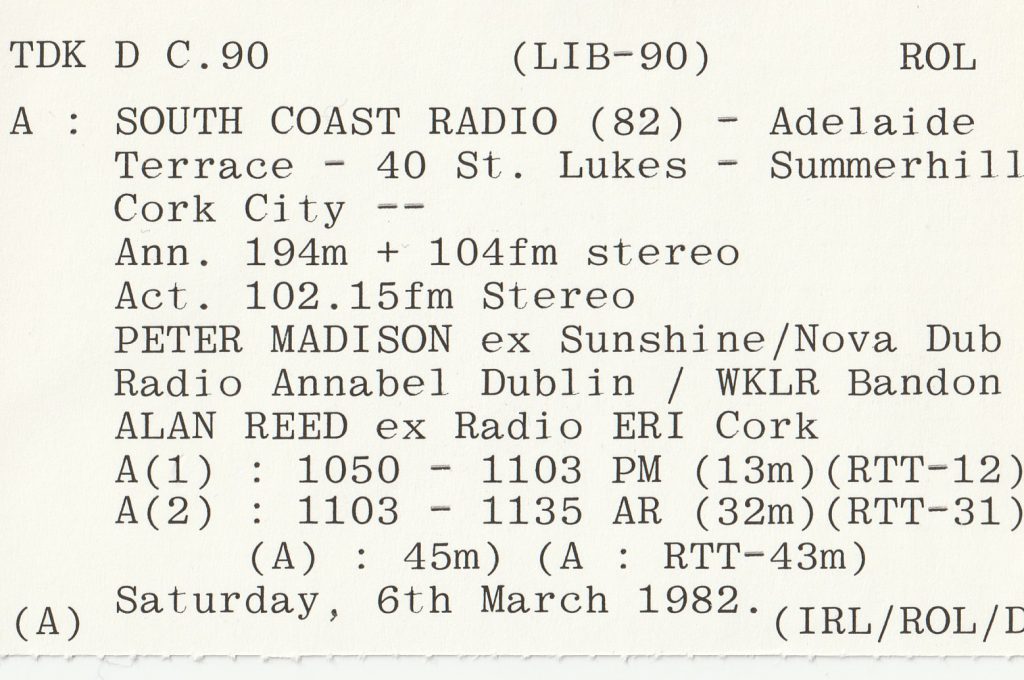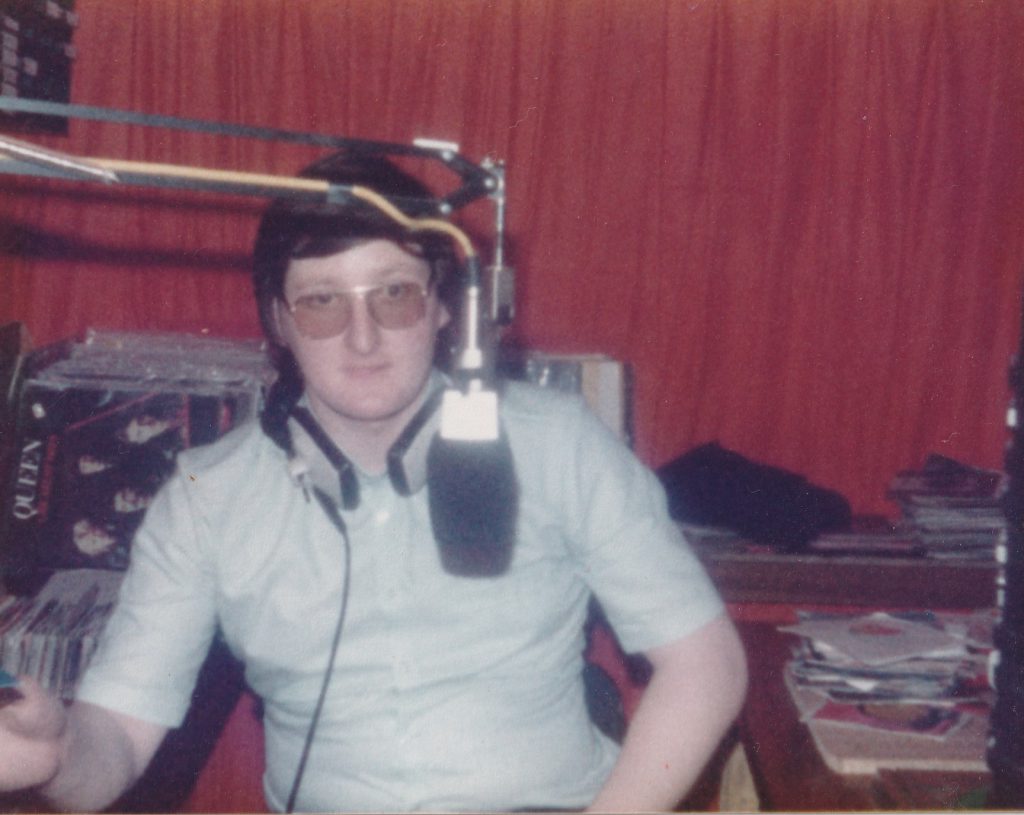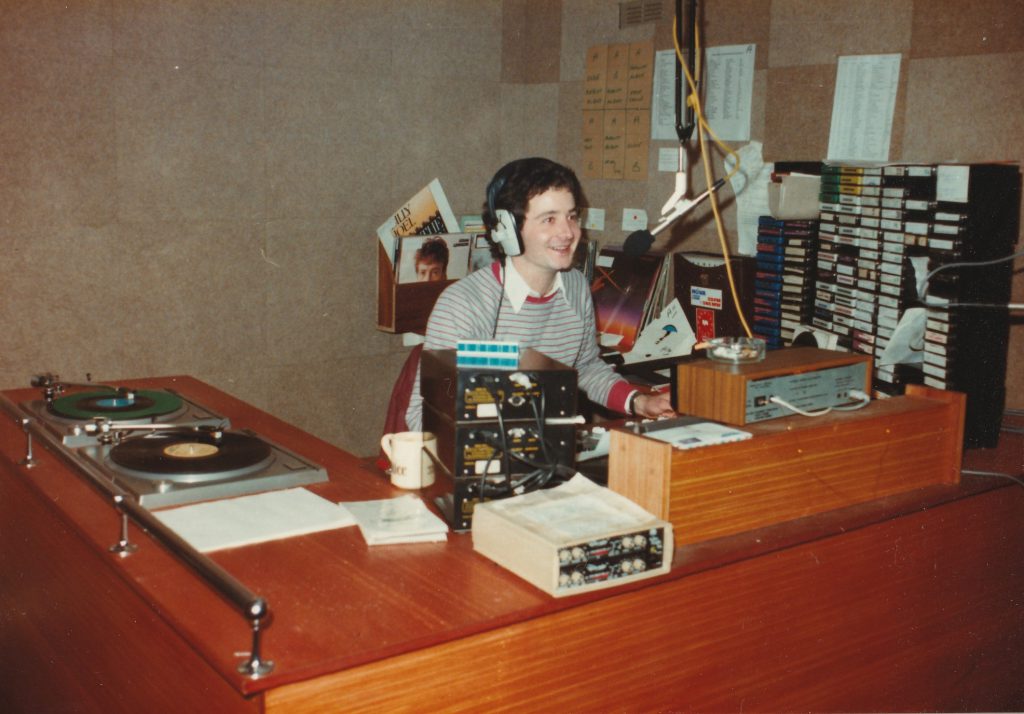Podcast: Play in new window | Download
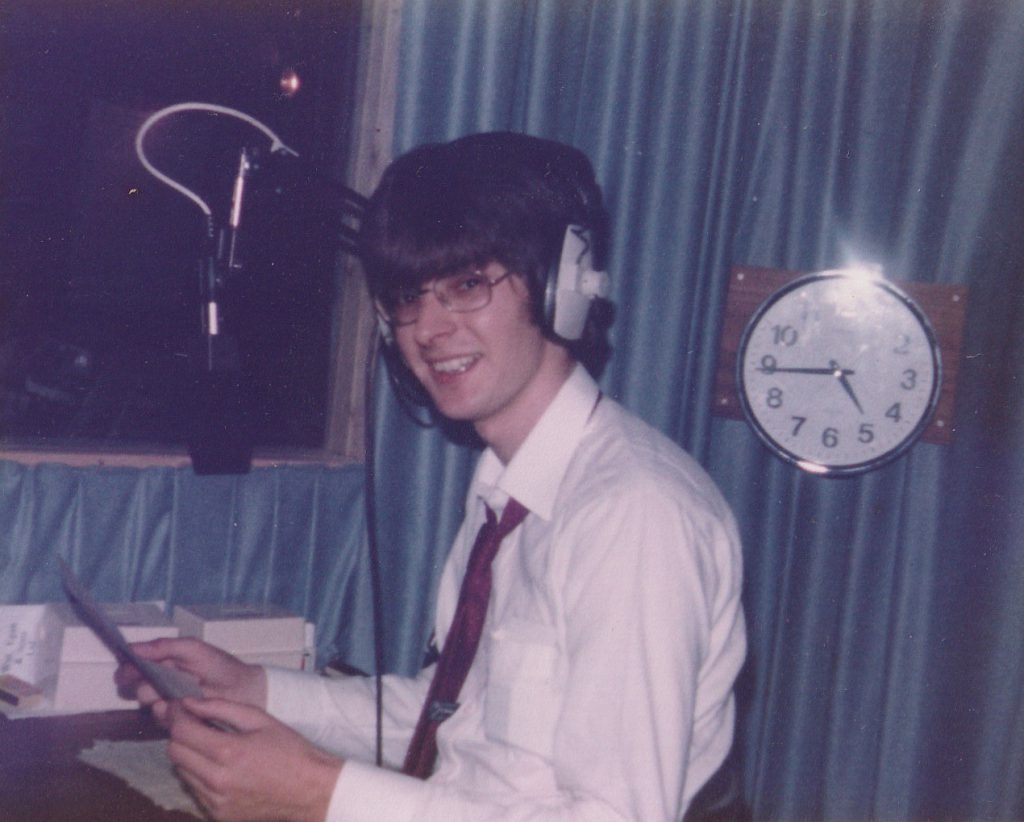
This is a recording of part of Pete O’Neill’s popular mid-morning show in the early days of the Cork super-pirate South Coast Radio. It’s a sunny Thursday morning, 13th May 1982, and Pete has the usual bright and breezy mix of music, interviews and information. Regular slots include What’s On In Munster, the Adult Education Diary and the Listener’s Favourite 5 after the midday news. There are also announcements about community events such as a road race in Co. Clare (giving a sense of the station’s wide coverage on 1557 kHz AM) and an interview with a Cork band. Listeners are invited to call the Hitline and vote for their favourite record of the week and there are various promos for other shows including the Nightline with Nick Richards and Hit and Miss with John Kenny. Other promos of note include Flatline, an accommodation service, and Jobline, a vacancies slot.
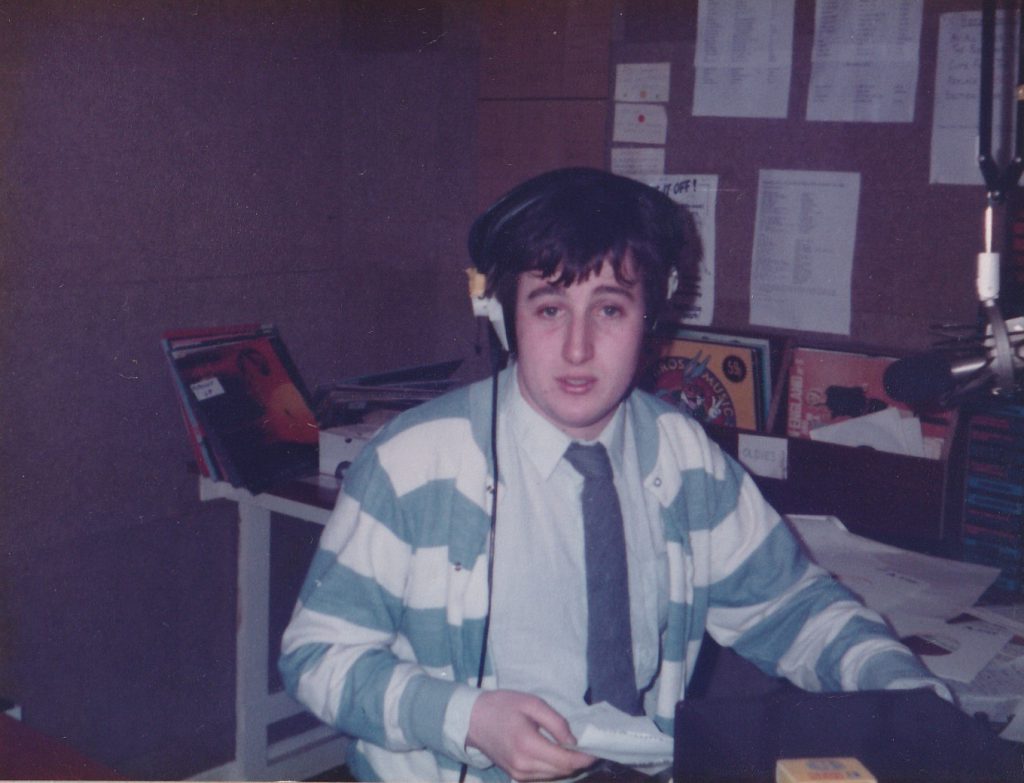
Pete is followed by the late Hugh Browne, who has a competition for tickets to a forthcoming Don McLean concert. News is read by Mark Lawrence but is edited out of the original recording. Part 1 of the recording above runs from 1005. Parts 2 and 3 are below.
The recordings were made from 104 FM in stereo and are courtesy of Lillian O’Donoghue.
